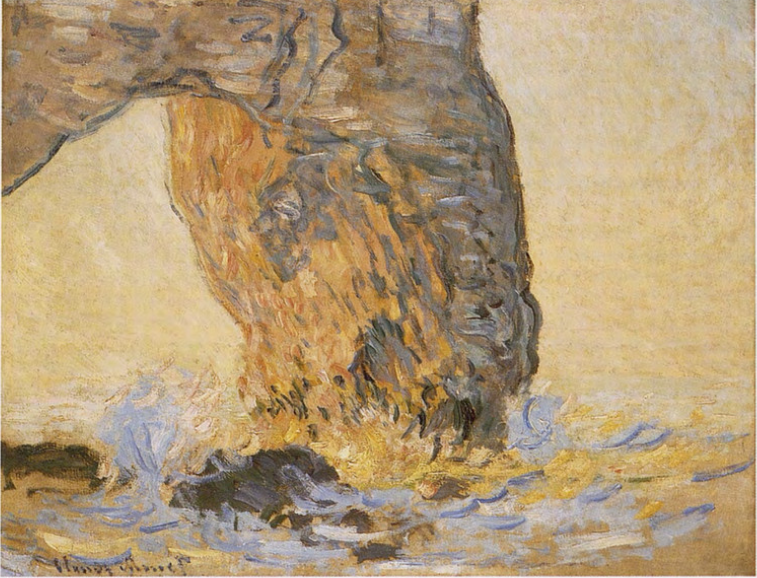Default to Curious
Many of the technologies that we take for granted today, like GPS and touchscreens, trace their routes back to MIT's Media Lab, which has a broad range of research areas across science, art, media, and more.
In his book The Sorcerers and Their Apprentices, former MIT Media Lab director Frank Moss describes the inner workings of the lab, including a story about a group focused on designing an exoskeleton-like device that could make running easier.
Among the many challenges the group faced was the problem of attaching it comfortably to people's bodies. Skin tends to slide across bones, which makes attaching an external device like this difficult.
Hazel Briner, an undergraduate intern at the time, ultimately solved the problem by sewing non-slip fabric under the straps. Moss points out that not only was Briner a capable sewer, she also spent four years touring as an aerialist with Circus Smirkus, the internationally recognized youth circus. As such, Briner's previous experience with harnesses informed her solution.
With an interest in both circus and biomechatronics, Briner is clearly a curious person. The world tends to reward curiosity like this; when you follow your nose down the paths that interest you, you never know how the things you learn along the way can be combined to solve novel problems down the road.
And exploring broadly and cultivating a sense of curiosity in everything that you do doesn't just help you solve problems.
If you approach meeting new people with that same spark of curiosity, you're more likely to assume that everyone is interesting. This in turn leads to richer conversations and deeper social connections.
So default to curious. You never know where it might lead you.


